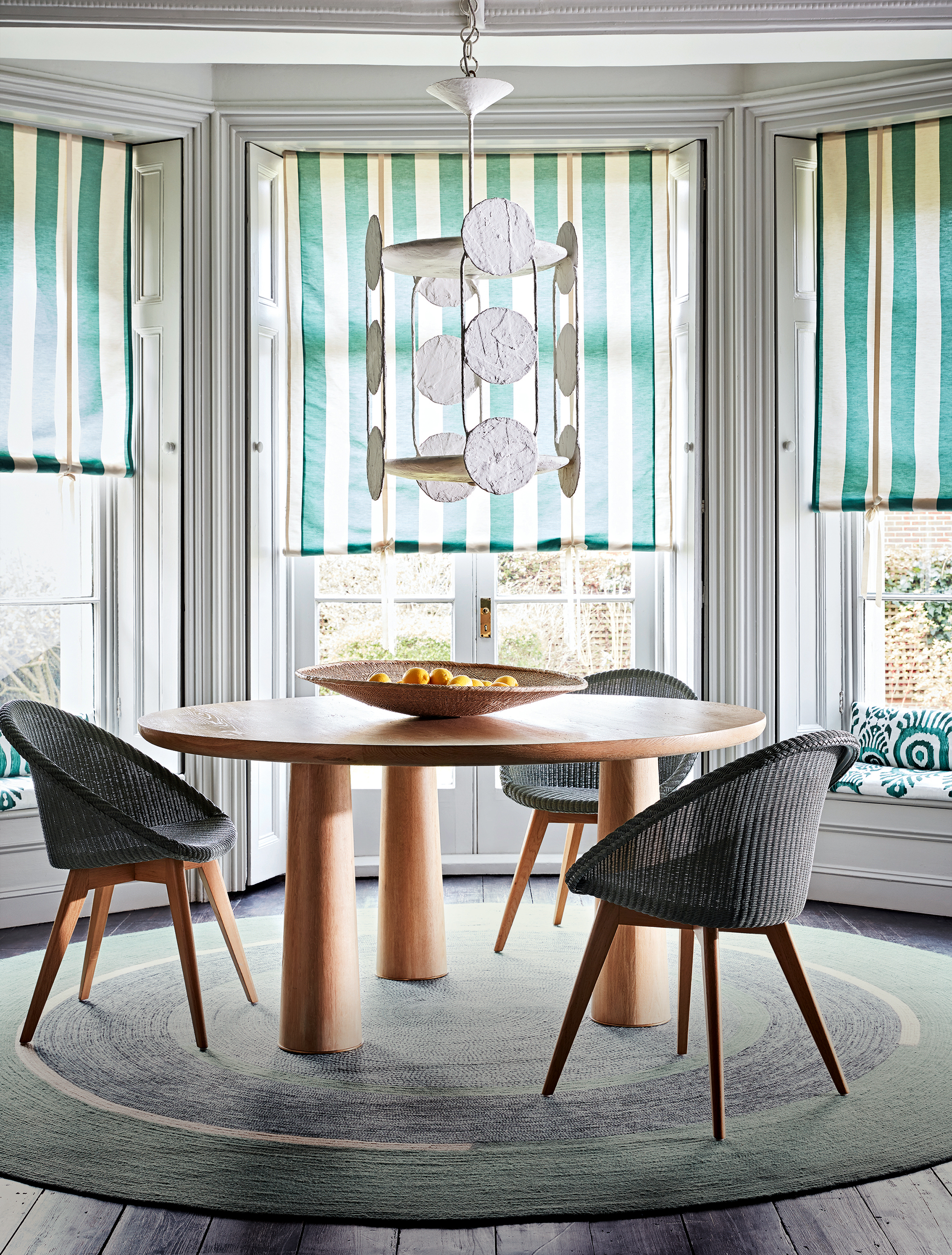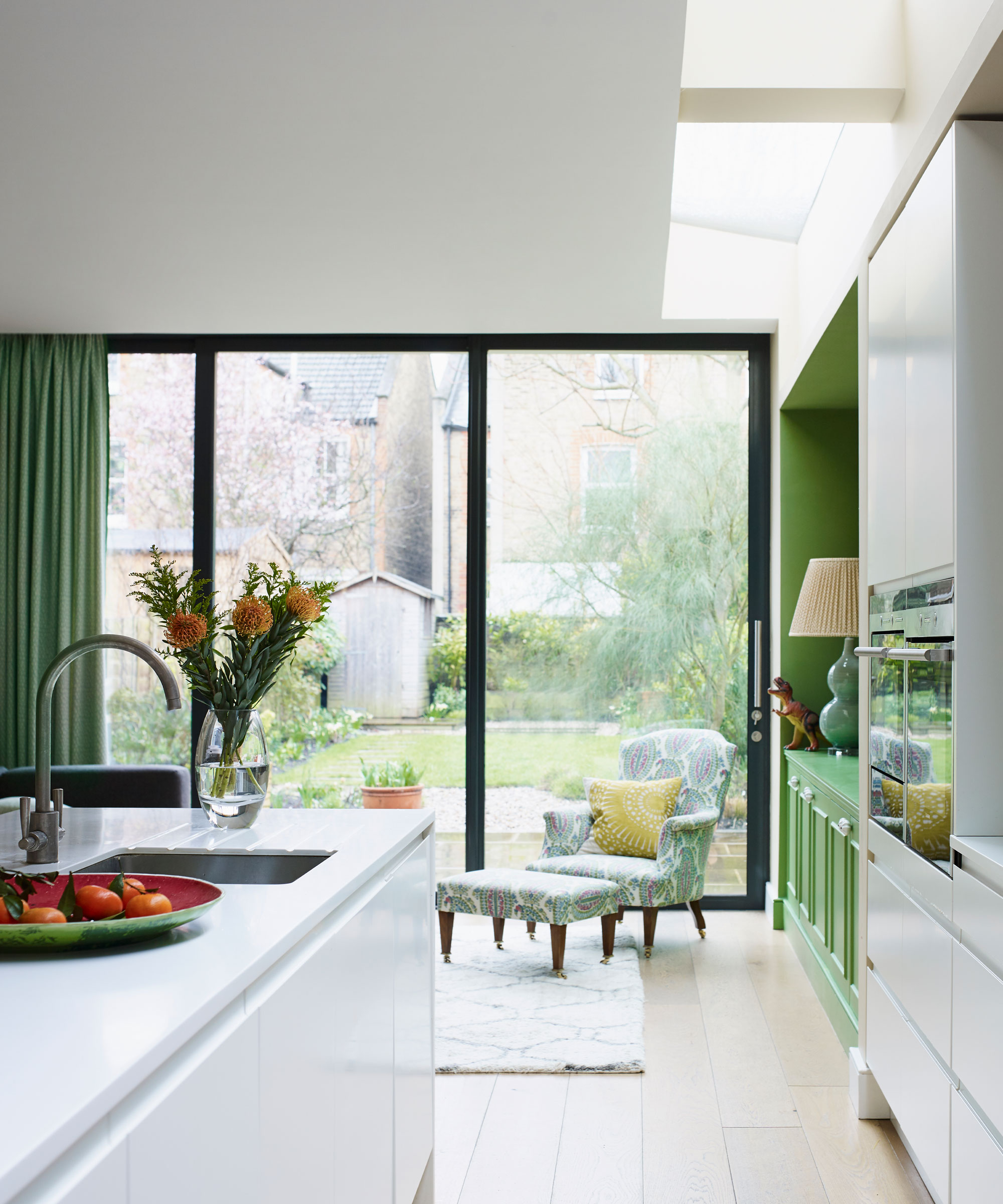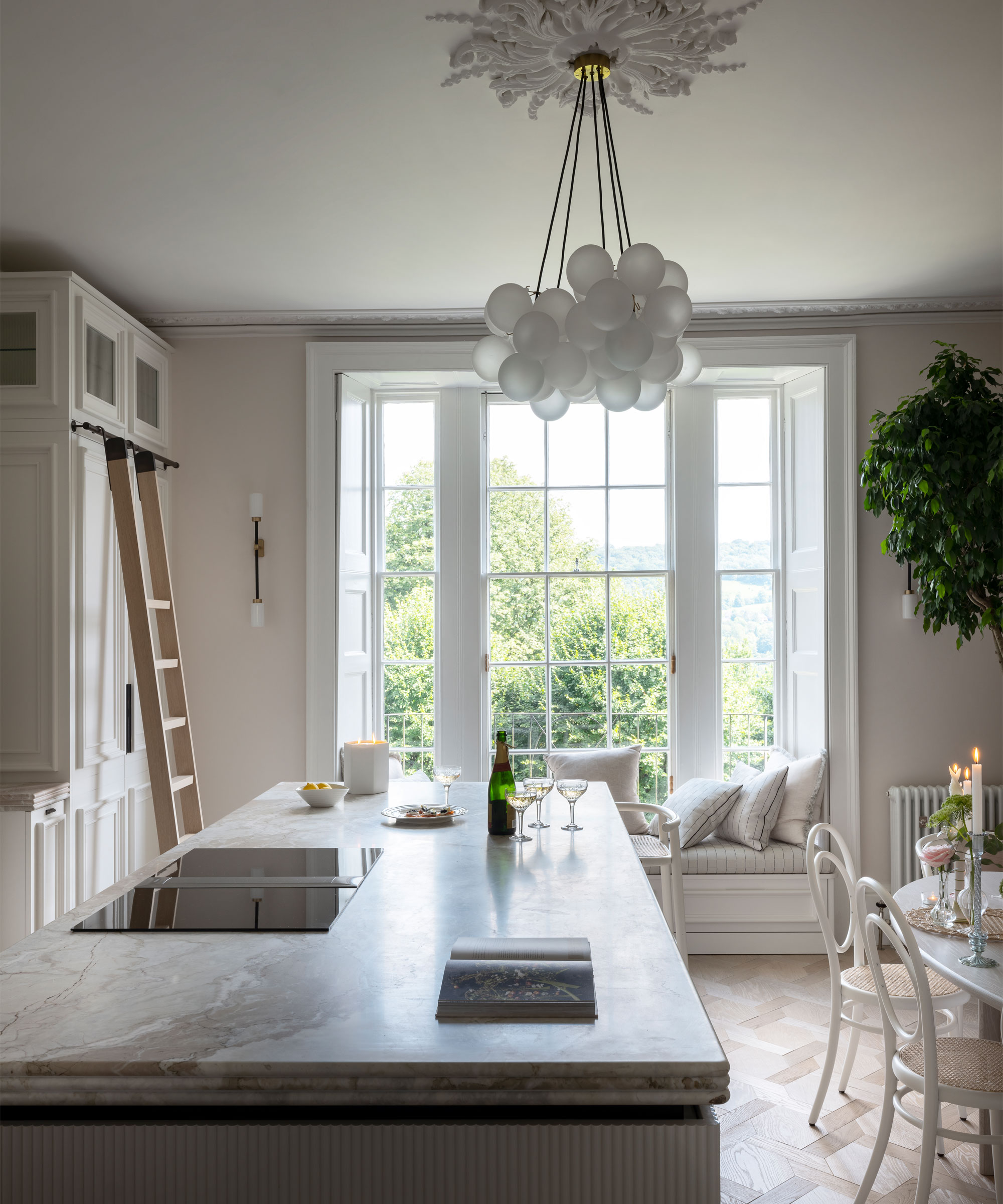I use this dish soap solution for streak-free windows – and the results are instant
I cleaned my windows using nothing but soap, water, and white vinegar – the solution for spotless windows, fast


Of all tasks, window cleaning feels like the one you can put off for the most time – and I know that feeling all too well – because I am exactly the same.
Unlike some 'more pressing' jobs, such as cleaning your kitchen or washing your bedsheets, knowing how to clean a window feels slightly less urgent. After all, most of the dirt is found outside the home, so what's the rush? This familiar argument was one I often relied on when it came to a deep clean, and so, my windows were often sacrificed.
I will admit that, alongside my poor excuses, the thought of cleaning my windows always seemed like a huge task – involving harsh chemicals and scrubbing techniques that I was keen to avoid. However, after researching cleaning tips from the experts, I realized the process was nothing to fear.
Instead, I learned I could clean with vinegar, dish soap, and water – and follow a refreshingly easy technique to guarantee streak-free windows quickly. And the best part was that I already had all these pantry staples in my home. What other excuse could I use?
The dish soap based solution I use for streak-free windows

I initially had reservations that a homemade method would not remove grime successfully or leave spots behind; however, my friend shared that she had experimented with a dish soap and vinegar solution, and the process was almost effortless.
To begin, I mixed two cups of water with 1/2 teaspoon of dish detergent and 1/4 cup of white vinegar, enough to cover the windows at the front of my home. However, if you're working with a particularly large surface area, then you may want to expand on this measurement to cater to your windows.
After creating the solution, I proceeded to pour it into a spray bottle (I use this glass spray bottle from Amazon) before spraying it on the inside of my windows and using a sponge to wipe the liquid away. After this, I used a large microfiber cloth (also from Amazon) to rub the solution in a Z-shaped motion – to stop those notorious smears.
Design expertise in your inbox – from inspiring decorating ideas and beautiful celebrity homes to practical gardening advice and shopping round-ups.

After following this method inside, I did the same on my exterior window before observing the results, and I can say that I was very impressed. Both my interior and exterior windows were shiny and completely spotless – and I wondered why I had let myself wait so long before giving them the clean they needed.
The entire process took no longer than 30 minutes – and I've already enjoyed the benefits of a clean window for weeks. And much like using baking soda to clean windows, I found I was able to use the ingredients in my every day – as both dish soap and vinegar and essentials in my daily cleaning routine.
I was, inevitably, pleased with my results and was surprised that such a simple (and non-toxic) solution had achieved the cleanness I desired. Therefore, I sought the expertise of Corbin Mason-Smith, the owner of Superior Exterior Cleaning, to see what makes the solution so powerful – and see if he had any tips to accentuate this window treatment idea further.

'Dishwashing soap is a key ingredient in a window cleaning solution,' Corbin says. Before explaining how microfiber towels are best for wiping the frames and any streaks, should you leave any in the process?
I tend to use 1/2 teaspoon of dish detergent, as suggested. However, the expert warns that you may need more if you are cleaning on a warmer day.
'The amount of cleaning solution that will go on a window will depend on the weather. If it is a sunny day, then the glass will require more solution on it than if it is a cooler day,' the expert says. He adds that when you are cleaning windows indoors, you should place an old bath towel at the base of the window to catch any excess solution.

Megan is the Head of Celebrity Style News at Homes & Gardens, where she leads the celebrity/ news team. She has a history in interior design, travel, and news journalism, having lived and worked in New York, Paris, and, currently, London. Megan has bylines in Livingetc, The Telegraph, and IRK Magazine, and has interviewed the likes of Drew Barrymore, Ayesha Curry, Michelle Keegan, and Tan France, among others. She lives in a London apartment with her antique typewriter and an eclectic espresso cup collection, and dreams of a Kelly Wearstler-designed home.